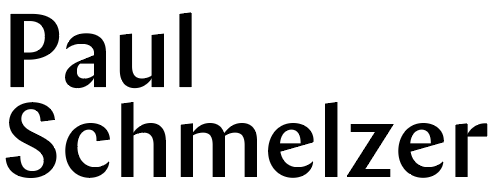The October 2016 issue of Art in America is dedicated to "The Digitized Museum: Technologies of Engagement." I was one of "eight specialists [asked] to weigh in on new technology and the museum experience," along with Peter Gorgels (Rijksmuseum, Amsterdam), Katrina Sluis (The Photographer's Gallery, London), Sree Sreenivasan (City of New York, formerly of the Metropolitan Museum of Art), Lev Manovich (City University of New York), Maxwell Anderson (New Cities Fondation), and Orit Gat (Rhizome). My text:
They call it “flyover country,” but to be less judgy, let’s just say: the Walker Art Center isn’t exactly at—or near—the center of the art world. New York is one thousand miles away, Beijing well over six thousand. Despite this geography, the Internet puts us in the thick of the discussion about culture today and what it means to make, present, and contextualize art. But the rationale behind our digital publishing isn't to increase the Walker's relevance to the art world: it’s to increase art’s relevance to people around the world.
Since its founding as an art center in 1940, the Walker has been in the publishing game. Exhibition catalogues and periodicals like Design Quarterly, helped put us, and our ideas, on the map—or at least in libraries, bookstores, and museum shops nationwide. Today, our reach is far more expansive thanks to online publishing efforts that bring original artist interviews, curatorial essays, short documentaries, and our previously printed texts to desktops, smartphones, and tablets anywhere in the wired world. Relaunched in 2011 as an ever-changing news-style publication, the Walker home page emphasizes our evolving thinking about our audience: that is, thinking that equally values virtual and actual visitors, those likely to visit us in Minneapolis and those who might like to, but due to geography or economics, can’t.
But simply being online doesn’t bridge all geographic gulfs. To matter, our stories—usually surfaced via social media and competing with that terrain’s unique kind of clutter—need to be at least one of three things: relevant, surprising, or unique. To this end, some of our content is pegged to issues in the news, and topics people are talking about online. Our ongoing Artists Op-Eds series, for instance, invites artists such as Ron Athey, Dread Scott, and Natascha Sadr-Haghighian to sound off on pressing matters like Michael Brown’s killing, the Mediterranean refugee crisis, and the “post-AIDS” body. In a 2013 blog post, published just after Edward Snowden’s NSA revelations, designer Sang Mun wrote about the protest typeface, ZXX, that he developed after working as a CIA codebreaker during his conscription in the Korean army. Other stories feature the unexpected. For instance, our design director interviewed the media director of the antigay Westboro Baptist Church—a group in Topeka, Kansas, known for its hate speech—about its sign production studio. And our coverage of a Minneapolis design team’s “Refugees Welcome” storefront sticker campaign sparked interest from the White House. Some posts provide exclusive experiences: the first read of a curatorial essay from our Ordinary Pictures exhibition catalogue, say, or free online screenings of commissioned moving image works by Uri Aran, Moyra Davey, Shahryar Nashat, and Apichatpong Weerasethakul, among many other artists.
So far, what we do appears to be working: our local online visitorship remains steady, while nearly 70 percent of site visitors are coming from out of state—and a third from international locales.

